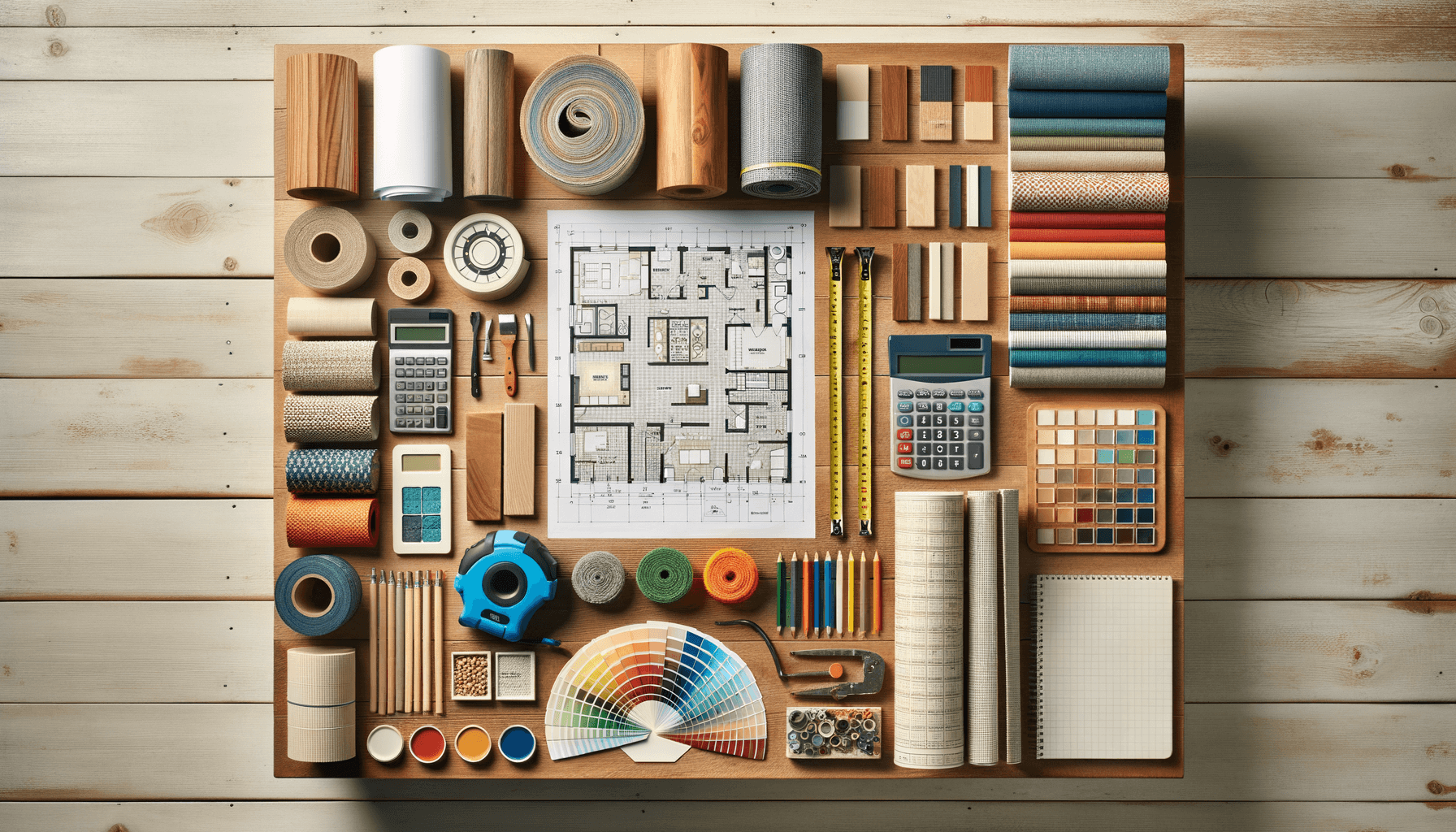The Ultimate Guide to Home Remodeling
A successful home remodel can dramatically improve your quality of life and increase your home's value.
However, the process can be complex and challenging. This comprehensive guide provides a start-to-finish roadmap, empowering you to navigate your renovation with confidence.
Phase 1: Planning & Vision
The foundation of every successful remodel is a well-thought-out plan.
Rushing this phase is the single biggest mistake homeowners make.
Defining Your 'Why'
Before considering layouts or materials, clearly define your goals.
Are you remodeling for a growing family, for better functionality, to increase resale value, or to simply update an outdated style?
Your primary motivation will guide every subsequent decision.
Assessing Your Home's Needs
Conduct a thorough audit of your current space.
What works and what doesn't? Identify pain points like lack of storage, poor traffic flow, or insufficient lighting.
This practical assessment will ensure your remodel solves real problems.
Creating a Vision Board
Gather inspiration from websites like Pinterest and Houzz, magazines, and showrooms.
A visual collection of styles, colors, materials, and fixtures will help you and your design team establish a cohesive aesthetic for the project.
Phase 2: Budgeting & Financing
A realistic budget is crucial for a low-stress remodeling experience.
How Much Does a Remodel Cost?
Research typical costs for your project type and location.
A good rule of thumb is to budget 5-15% of your home's value for a major single-room remodel, like a kitchen or bathroom.
Creating Your Project Budget
Your budget should be a detailed spreadsheet that includes line items for all materials, labor, permits, and a contingency fund of at least 15-20% to cover unexpected issues.
Financing Your Renovation
Explore your options, which may include cash, a home equity loan, a home equity line of credit (HELOC), or a cash-out refinance.
Each has its pros and cons regarding interest rates, repayment terms, and accessibility.
Phase 3: Hiring Professionals
The team you hire will have the biggest impact on the quality and success of your project.
Do You Need an Architect, Designer, or Contractor?
-
Architect: Best for projects involving structural changes or additions.
-
Interior Designer: Focuses on space planning, aesthetics, and finishes.
-
General Contractor: Manages all aspects of construction, including subcontractors.
-
Design-Build Firm: An integrated team that handles the entire process from design through construction.
Finding and Vetting Contractors
Get recommendations from trusted sources, check online reviews, and look at portfolios.
Always verify licenses and insurance. Request at least three detailed bids to compare.
Understanding Bids and Contracts
A proper contract should include a detailed scope of work, a payment schedule tied to project milestones, a project timeline, and procedures for handling change orders.
Never sign a vague contract or pay the full amount upfront.
Phase 4: Design & Permitting
This is where your vision begins to take shape on paper.
Finalizing Your Design
Work with your team to create detailed drawings, including floor plans and elevations.
This is the time to finalize every detail, as changes during construction are costly.
Selecting Materials and Finishes
Choose all your materials before construction begins to avoid delays.
This includes everything from flooring and tile to fixtures, paint colors, and hardware.
The Building Permit Process
Most remodeling projects that involve structural, electrical, or plumbing work require a permit.
Your general contractor should handle the application and submission process with your local building department.
Phase 5: Construction
Prepare for a period of disruption, but with clear communication, it can be managed effectively.
Preparing for Demolition
Clear out the project area completely. Protect adjacent rooms and furniture from dust with plastic sheeting and floor coverings.
Set up a temporary living space if necessary (e.g., a temporary kitchen).
The Construction Sequence
While it varies, the typical sequence is: demolition, framing and structural work, plumbing/electrical/HVAC rough-in, insulation, drywall, painting, flooring, cabinetry, countertops, fixtures, and final punch list items.
Living Through a Remodel
Establish clear ground rules with your contractor regarding work hours, parking, and bathroom use.
Maintain open lines of communication with weekly check-in meetings to stay informed and address issues promptly.
Phase 6: Finishing Touches & Completion
The final phase is about ensuring every detail is perfect.
The Punch List
Near the end of the project, walk through the space with your contractor and create a "punch list" of all remaining small items that need to be completed or corrected.
Final Inspections and Payments
Once all work is complete and has passed final inspections from the city, you will make your final payment to the contractor.
Never make the final payment until you are 100% satisfied and have received all necessary lien waivers and warranty documents.
Post-Remodel Maintenance
Your contractor should provide you with information on how to care for your new finishes, fixtures, and appliances to ensure they last for years to come.
